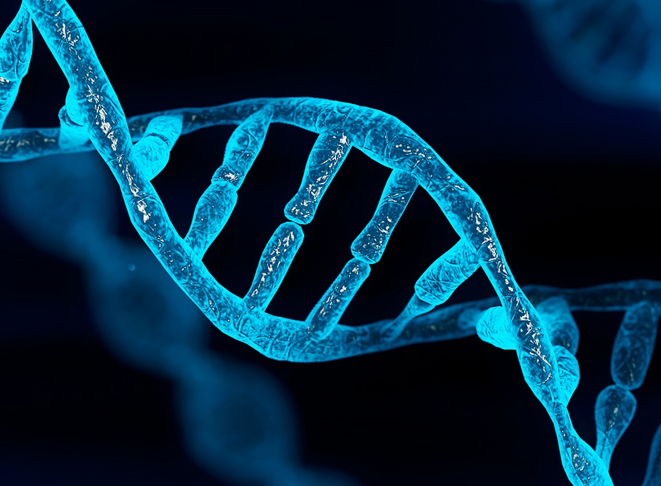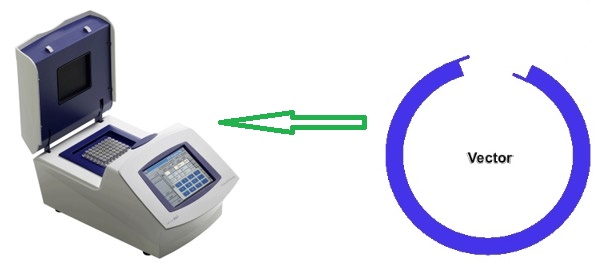Mutagenesis is the careful alteration of the genetic information of an organism’s genome in such a way that it will result in a mutation. It is the creation of genetic change in the DNA of an organism and, which will result in the production of a population of cells with an entirely new genetic make-up. Mutagenesis which can either be spontaneous (natural) or induced (artificial) causes an alteration in the genetic information (or DNA) of an organism – and, such a change in the DNA can be passed on from one organism to another and from one generation to another generation.
Such mutations or change in an organism’s genome can either be of positive effect or negative effect. In the negative aspect, mutagenesis which can also be a driving of evolution can result to various genetic diseases and cancer in humans. Such mutations are the causes of a number of genetic diseases (some of which are inheritable) in human beings. Mutagenesis that occurs in the sex (gamete) cells (e.g. sperm or ova) of an organism can be passed on from parents to their offspring’s.
But the mutation that occurs in the somatic cells (e.g. skin) of an organism including mutagenesis in cells that have undergone cell differentiation are usually not inherited or passed on to the next generation. Such mutations start and end in the organisms in which it occurred. Mutagenesis can be provoked experimentally in a microbial cell using specific laboratory protocols; and such alterations in the genome of an organism can result to the production of a newly beneficial protein or metabolite with advantageous functions and, which can be transferred to the next generation.
Mutagenesis can also be referred to as the defect in the DNA of an organism at the molecular level or the process of achieving transformation in an organism (in this case, a microbial cell). It can occur either in the form of a point mutation, deletion, duplication, translocation or inversion in the base sequence of the organism’s genome. Mutagens (e.g. radiations and chemicals like bleach) can also stimulate mutagenesis in the cell of an organism.
The integrity of a cell’s genome that experienced mutagenesis can actually be repaired through a number of available DNA repair mechanisms (e.g. nucleotide excision repair mechanism-which allows the recognition and removal of damaged DNA and, their subsequent replacement with the correct nucleotide via DNA ligation mechanism).
Microbial cells ensures accurate replication of their genome (DNA) during cell division and, keep mutations that spontaneously occurs during such processes to the barest minimum by ensuring adequate repair of DNA anytime mutagenesis occurs. Studies in mutagenesis have helped scientists to better understand the mechanisms and operation of cellular processes of organisms (especially those of the microbial world), and this has helped to biologists to undertake research geared towards proper handling of mutagenic risks amongst human population.
References
Alberts B, Lewis J, Raff M, Johnson A and Roberts K (2002). Molecular Biology of the Cell. Taylor and Francis, Inc, London, UK.
Das H.K (2008). Textbook of Biotechnology. Third edition. Wiley-India ltd., New Delhi, India.
Dictionary of Microbiology and Molecular Biology, 3rd Edition. Paul Singleton and Diana Sainsbury. 2006, John Wiley & Sons Ltd. Canada.
Friedberg EC, Walker GC and Siede WM (1995). DNA Repair and Mutagenesis. Washington, DC, USA: ASM Press.
Lederberg J (editor): Encyclopedia of Microbiology, 4 vols. Academic Press, 1992.
Lodish H, Berk A, Matsudaira P, Kaiser C.A, Kreiger M, Scott M.P, Zipursky S.L and Darnell J (2004). Molecular Cell Biology. Fifth edition. Scientific American Books, Freeman, New York, USA.
Madigan M.T., Martinko J.M., Dunlap P.V and Clark D.P (2009). Brock Biology of Microorganisms, 12th edition. Pearson Benjamin Cummings Inc, USA.
Nelson, David L.; Cox, Michael M. (2005). Lehninger Principles of Biochemistry (4th ed.). New York: W.H. Freeman.
Singleton P and Sainsbury D (1995). Dictionary of microbiology and molecular biology, 3d ed. New York: John Wiley and Sons.
Talaro, Kathleen P (2005). Foundations in Microbiology. 5th edition. McGraw-Hill Companies Inc., New York, USA.
Tamarin Robert H (2002). Principles of Genetics. Seventh edition. Tata McGraw-Hill Publishing Co Ltd, Delhi.
Twyman R.M (1998). Advanced Molecular Biology: A Concise Reference. Bios Scientific Publishers. Oxford, UK.
Weaver R.F (2005). Molecular Biology. Third edition. McGraw-Hill Publishers, USA.
Discover more from #1 Microbiology Resource Hub
Subscribe to get the latest posts to your email.



